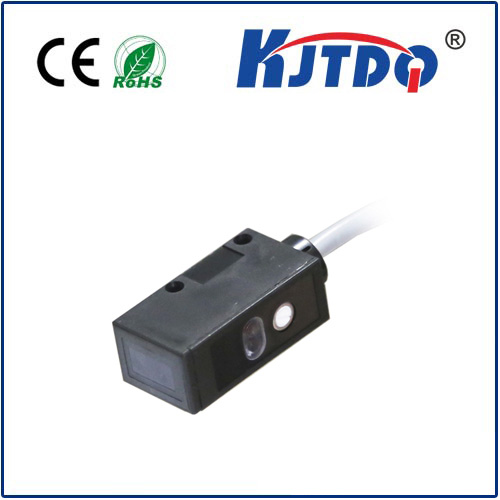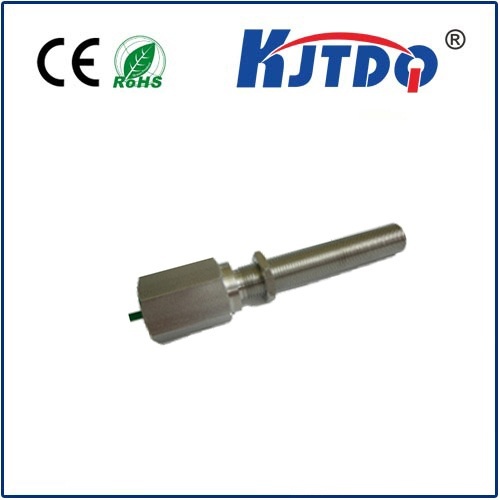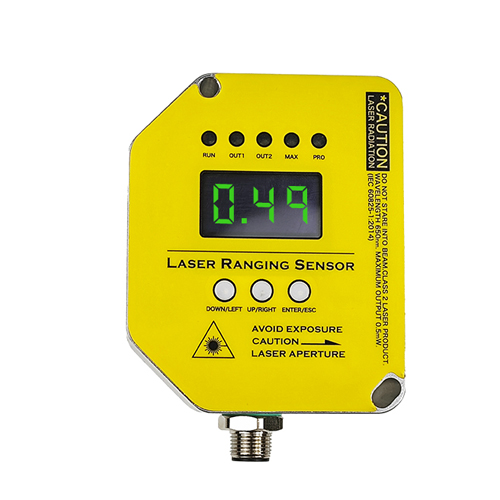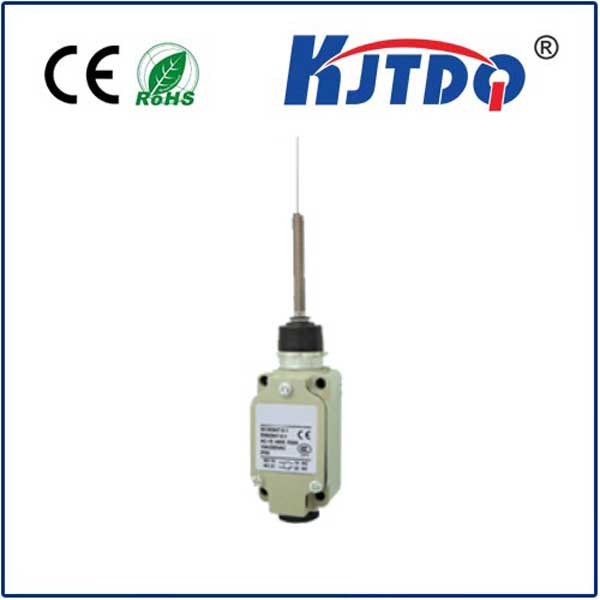

check

check

check

check

check

check

check

check

check

check
Title: Laser Particle Detector: Revolutionizing the Future of Scientific Research
Introduction:
In the ever-evolving field of science, technological advancements have played a crucial role in shaping our understanding of the universe. One such advancement is the invention of the laser particle detector, an instrument that has revolutionized various scientific disciplines including physics, astronomy, and environmental science. In this article, we will delve into the working principle of the laser particle detector and explore its groundbreaking applications in contemporary research.
Working Principle:
A laser particle detector operates on the principle of light scattering. It uses a high-power laser to create a beam of light that is directed towards a sample or environment under study. As particles in the sample interact with the laser beam, they scatter the light in different directions. The scattered light is then detected by sensors within the device, providing valuable information about the size, shape, and concentration of particles present in the sample.

Applications in Physics and Astronomy:
The laser particle detector has found extensive use in the field of physics for studying the behavior of subatomic particles. It allows scientists to detect and measure particles like electrons, protons, and neutrons with unprecedented accuracy. Additionally, it has also been employed in astronomical research to analyze cosmic rays and dust particles in space, helping astronomers gain insights into the origins of the universe.
Environmental Science Applications:
In the realm of environmental science, the laser particle detector has emerged as a powerful tool for monitoring air quality. By detecting and analyzing airborne particles such as pollen, dust, and industrial pollutants, researchers can assess their impact on human health and ecosystems. This technology has proven particularly useful in urban areas where pollution levels are often high, enabling scientists to develop strategies for reducing airborne contaminants and improving public health outcomes.
Medical Science Advancements:
The laser particle detector's ability to identify microscopic particles has also led to significant advancements in medical science. It is being utilized for early detection of diseases like cancer through the analysis of blood samples. Furthermore, it aids in drug development by allowing researchers to study how pharmaceutical compounds interact with cells at a molecular level.
Challenges and Future Prospects:
While the laser particle detector offers numerous advantages, there are challenges associated with its usage. One major issue is ensuring accurate data interpretation since the presence of multiple particle types can sometimes result in overlapping signals. Nevertheless, ongoing research aims to refine algorithms and software used for data analysis to address these concerns effectively. Looking ahead, the potential applications of the laser particle detector seem endless; from advancing climate change modeling to enhancing food safety inspection processes, this innovative technology continues to open doors for groundbreaking discoveries across various scientific disciplines.
Conclusion:
The laser particle detector represents a remarkable leap forward in our quest for knowledge and understanding. Its ability to detect and analyze microscopic particles with precision has paved the way for significant breakthroughs in fields ranging from physics and astronomy to environmental science and medicine. As technology progresses and new applications emerge, the laser particle detector is set to continue transforming scientific research, ushering us deeper into an era of discovery and innovation.









